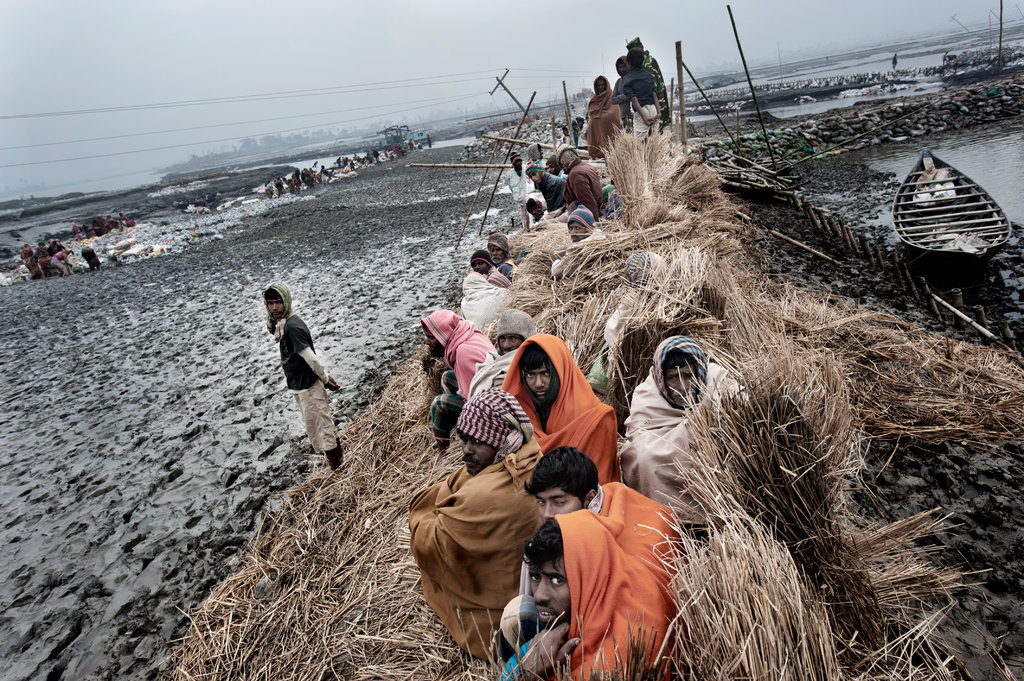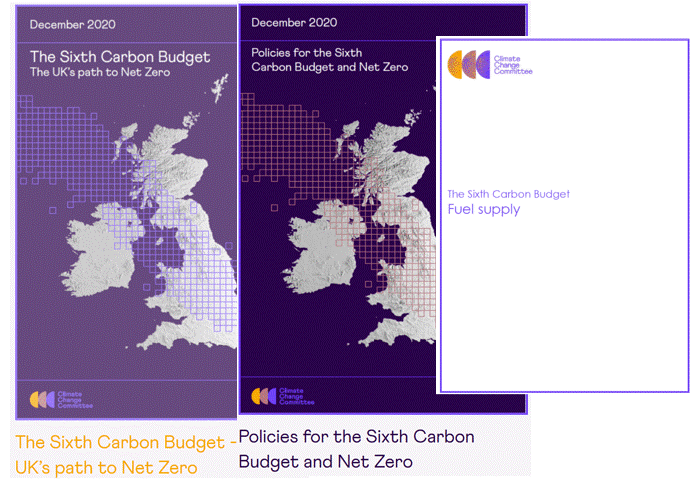Understanding how human actions are damaging our Planet is shocking and distressing. But it can give us the knowledge and resolve to play our part in preserving our home.
We are inexorably damaging our Planet – by releasing Greenhouse Gases (GHG) into the atmosphere, by destroying the vegetation that absorb GHG, by exploiting non renewable resources and by polluting air, land and sea.
Of course the Planet itself will survive, but we don’t know how we humans will adapt without the serendipitous eco-systems we now enjoy. We know that temperatures will rise, sea ice will melt, sea levels will rise so our weather systems will change, safe hospitable areas will become wastelands and our cities will be a hazard to health. A basic understanding of the causes and effects can help the Planet’s population better understand what they need to do to avert the peril.
The causes of the damage
Too many Gigatonnes of Greenhouse Gases in the atmosphere
NASA explains how Greenhouse Gases (GHGs) warm the planet: 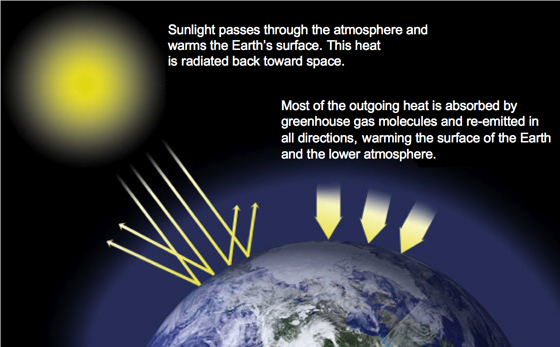 “A layer of greenhouse gases…..acts as a thermal blanket for the Earth, absorbing heat and warming the surface to a life-supporting average of 59 degrees Fahrenheit (15 degrees Celsius).” We release greenhouse gases every time we use electricity or heat from coal, gas or oil, every time we travel using diesel or petrol and every time we use products created in factories.
“A layer of greenhouse gases…..acts as a thermal blanket for the Earth, absorbing heat and warming the surface to a life-supporting average of 59 degrees Fahrenheit (15 degrees Celsius).” We release greenhouse gases every time we use electricity or heat from coal, gas or oil, every time we travel using diesel or petrol and every time we use products created in factories.
Too little Vegetation absorbing Green House Gases
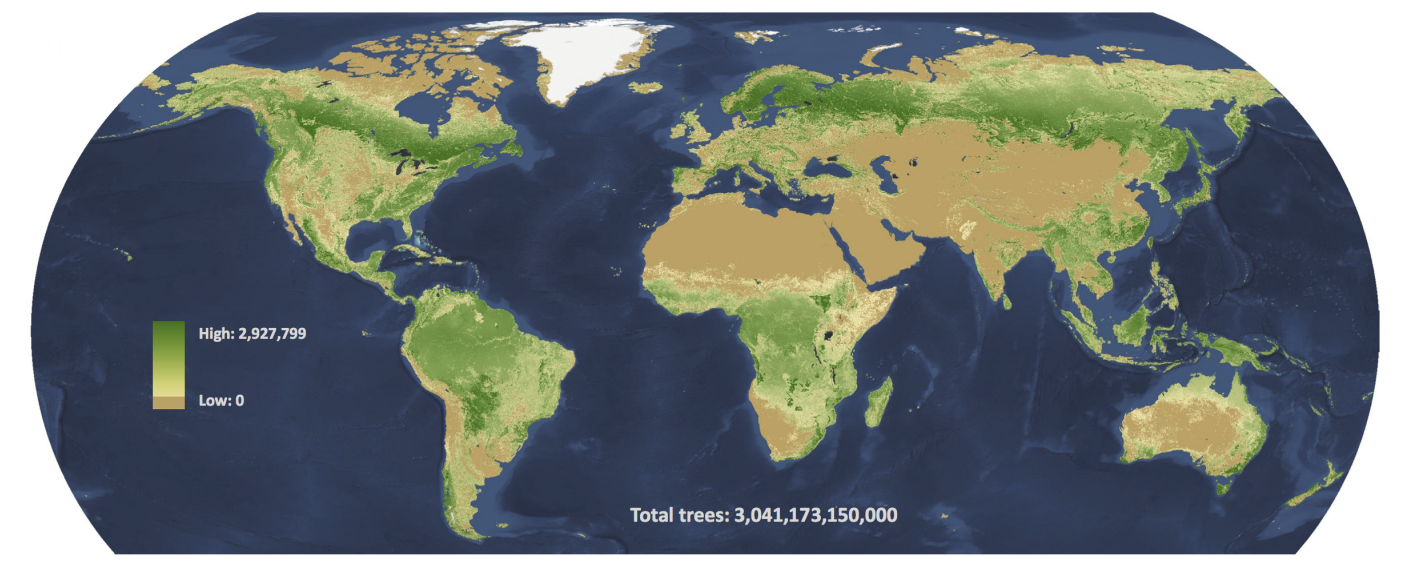
Total Trees. Source: Thomas Crowther of Yale University as reported by Carbon Brief in Sept 2015.
Whilst forests and other vegetation absorb CO2 at certain times of their lifecycles they also emit it at others. (Hence burning bio-fuels in controlled conditions removes decaying vegetation that would have emitted CO2) However not enough is understood of the optimum methods of maximising carbon sequestration and minimising carbon emissions from different environments. Nasa reported in Feb 2016 a study of the absorption of carbon dioxide across different vegetation environments: “Although it is well known that Earth’s natural ecosystems absorb and process large amounts of carbon dioxide, much less is known about where the carbon is stored or how long it remains there.”
Nevertheless it is acknowledged that the scale of deforestation has massively contributed to global carbon emissions. The complexity is explored by the IPCC in Ch11 of its fifth report. Agriculture, Forestry and Other Land Use (AFOLU).
And UNDP Equator Prize 2015 has awarded prizes to Communities who have fought against the devastation and effect on the atmosphere caused by forest clearance.
Equator Prize 2015 – Protecting Forests (9mins)
Too much waste on land and in the air and sea
As well as sending Greenhouse Gases into the atmosphere humans pollute land, air and sea.
Humans have always despoiled the land when extracting fossil fuels, precious stones, precious metals and building materials and paid little heed to the lives of local people. But, as the worlds population demands more, and there is less left in the ground, the scale of damage has increased alarmingly.
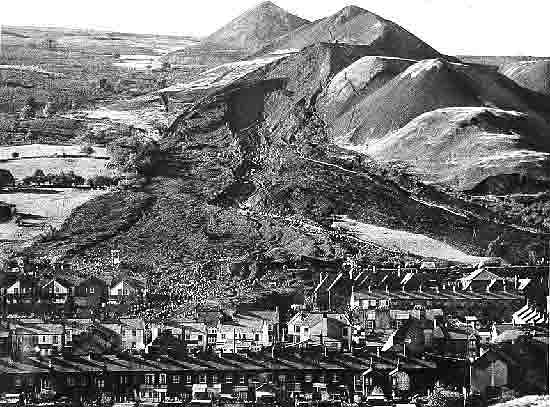
Aberfan Wales in 1966 after a coal tip had slid into the village killing 144 people. Source Age of Innocence
Since mining began little regard has been taken of pollution of the land, but the scale of destruction and legacy of waste has steadily increased. Pollution of air and water is only dealt with when people of influence are affected – such as Victorian drainage when the Thames had a ‘great stink‘ near the Houses of Parliament and nineteenth century coal burning regulations when London was affected by Smog in 1952.
The Consequences of our Actions
The most obvious consequence becoming ever clearer is that the changes to weather patterns – the increased severe storms, flooding, droughts and sea health will appear with ever increasing frequency.
NASA has been tracking the vital indicators of the Earths health ie Sea Level, Sea Ice, Carbon Dioxide and Global Temperature, showing steady decline in the Planet’s health in terms of Sea Ice, Sea Level, Carbon Dioxide and Global Temperature.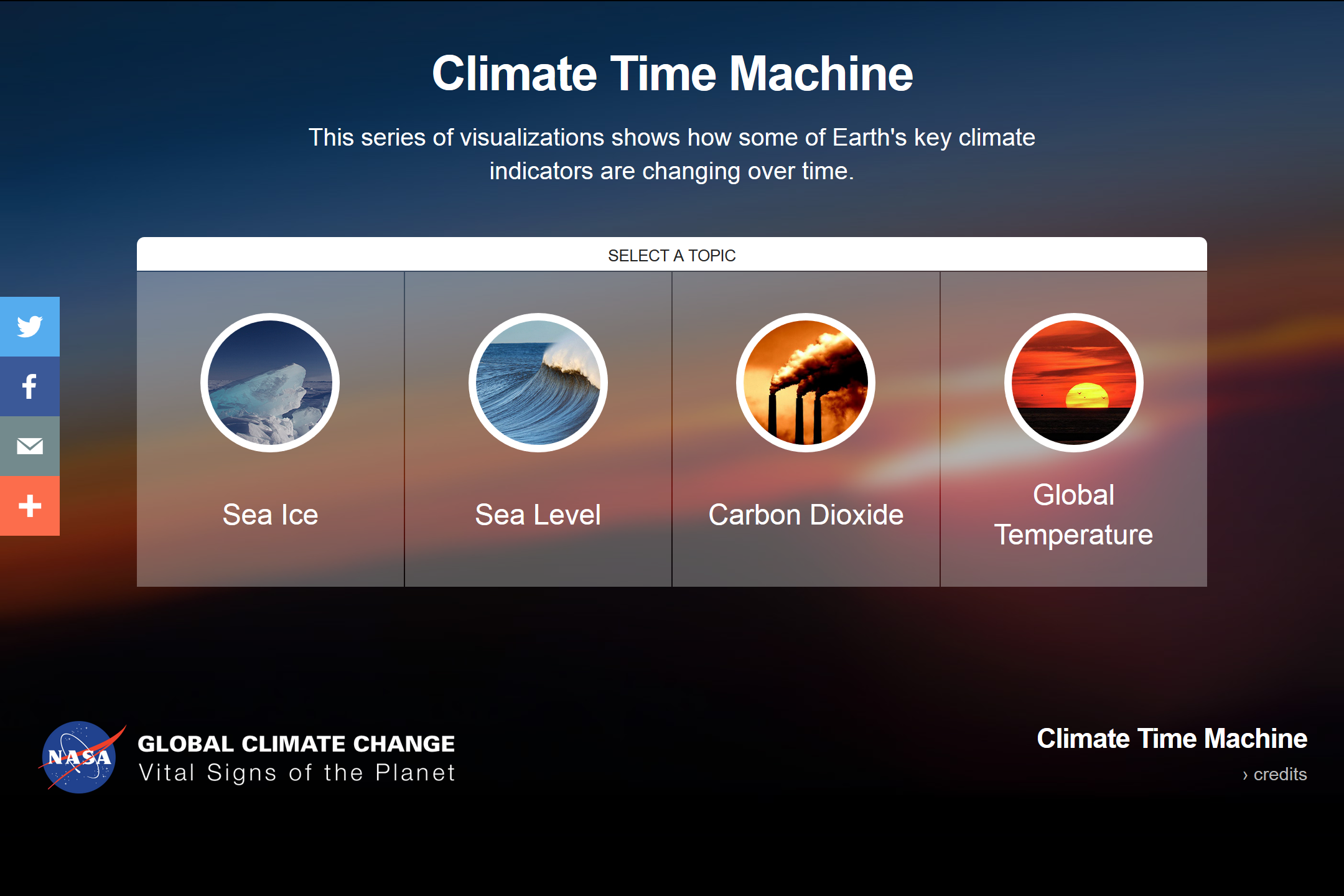
Going to Nasa’s Climate Change indicators and clicking on an indicator tracks changes to these over time and showing the steady decline in the Planet’s health.
Mitigations we need to make
‘Mitigation’ is the official term used to describe the actions that are needed to avert the consequences.
Essentially Mitigations are all the actions that reduce the emission of greenhouse gases across all sectors, all Governments, all Businesses and all Citizens to minimise the warming and therefore minimise the damage to our Planet.
The good news is that the same actions that reduce GHG emissions have ‘co-benefits’ including improving air quality, protection of areas of beauty and poverty alleviation, according to the IPCC (p27)
Adaptations
‘Adaptation’ is the official term used for actions that need to be taken where Climate Change is likely to cause, or has caused damage.
Under the ‘polluter pays’ fairness principle the bodies responsible for Climate Change would pay all costs necessary to avoid foreseeable damage to people and properties to avoid and to clean up after disasters.
The Agreement signed in Paris in Dec 2015 whilst stating that “Parties recognise the importance of averting, minimising and addressing loss and damage associated with the adverse effects of climate change……” (p25 Art 8) it was quite clear that “Article 8 of the Agreement does not involve or provide a basis for any liability or compensation;” (P8 52) The Agreement allowed for ‘Developing countries’ to receive $100bn a year by 2020 to assist with removing emissions, but the damage from Climate Change will happen in every Country, so every Country needs to plan for averting and recovering from damage.

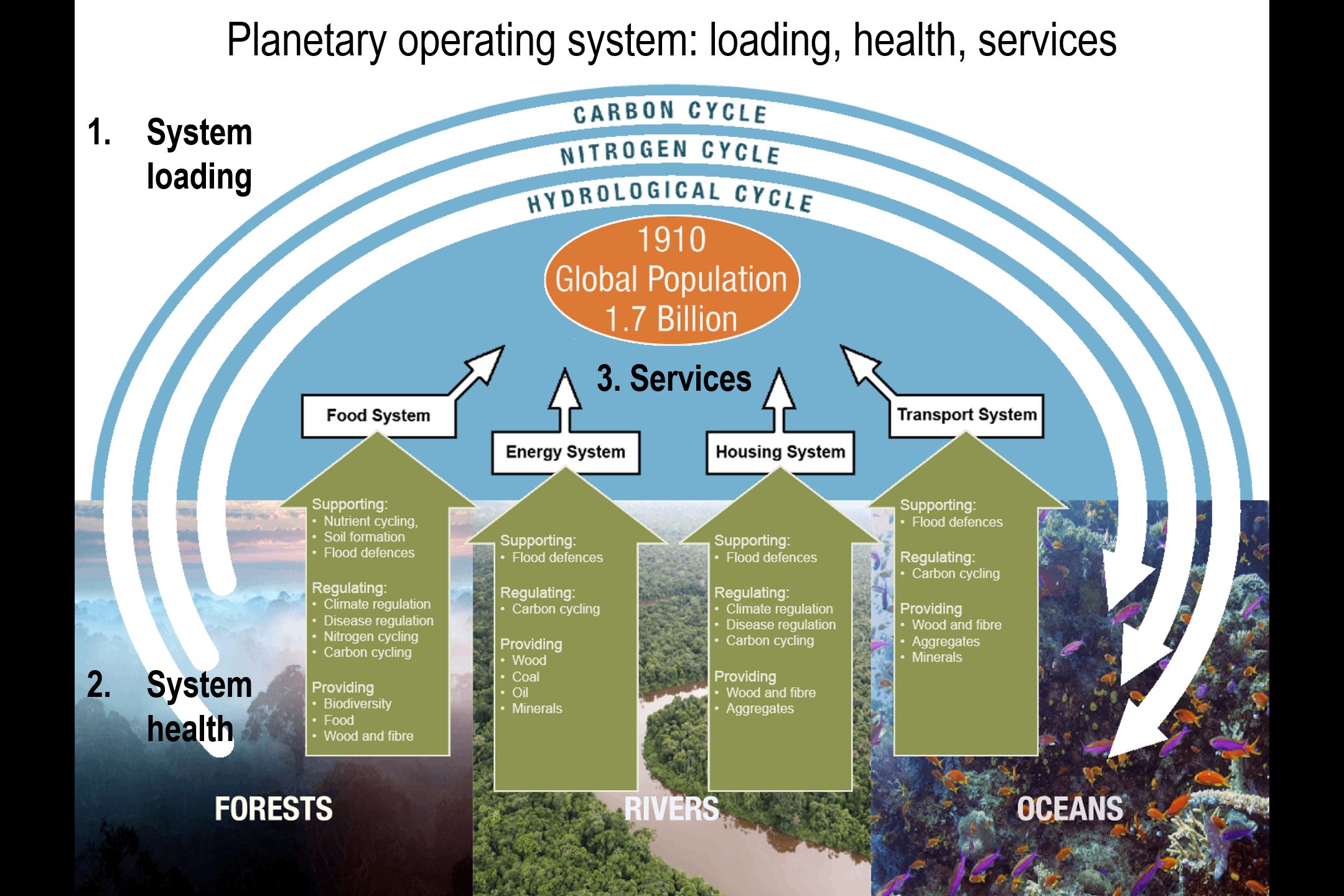
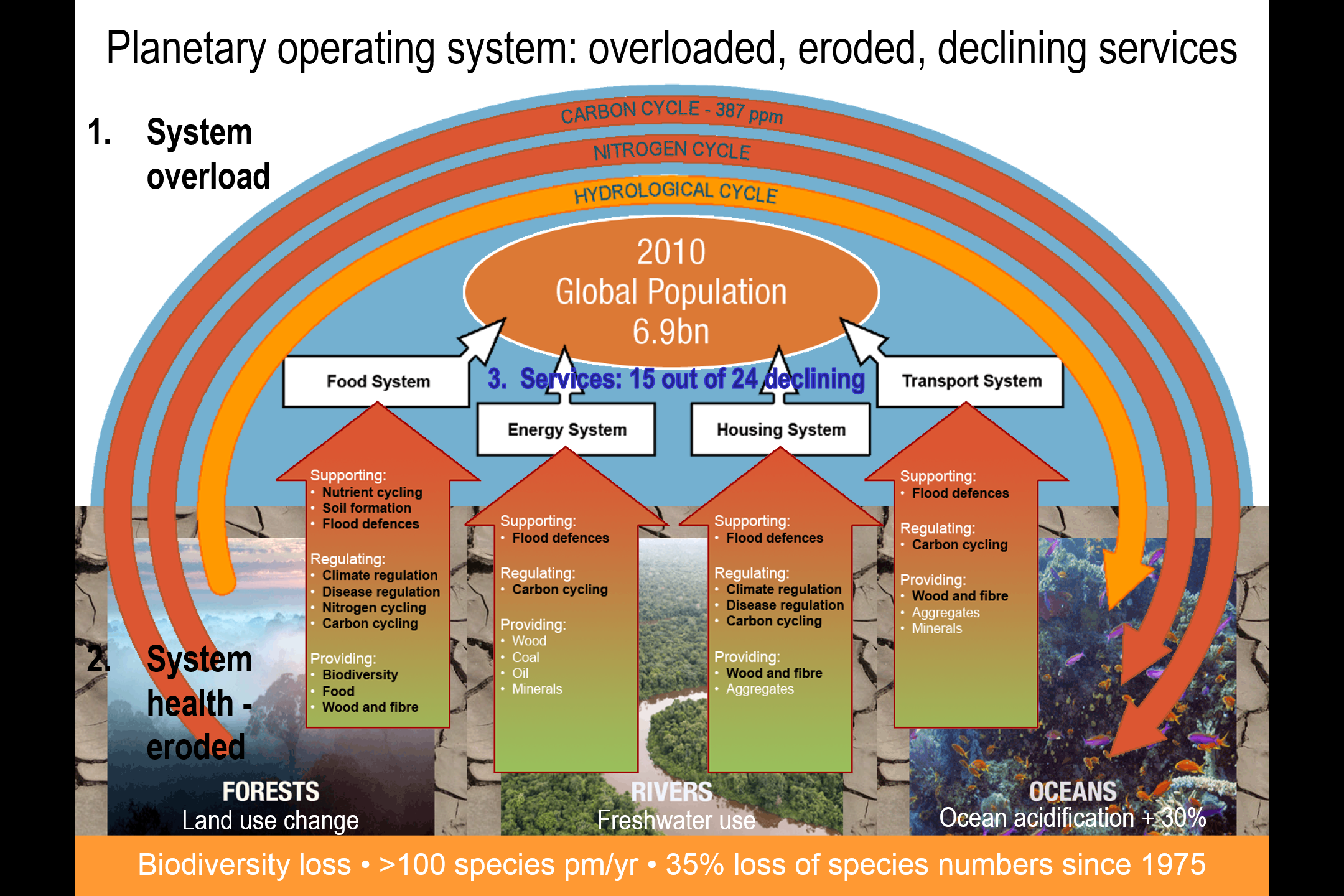
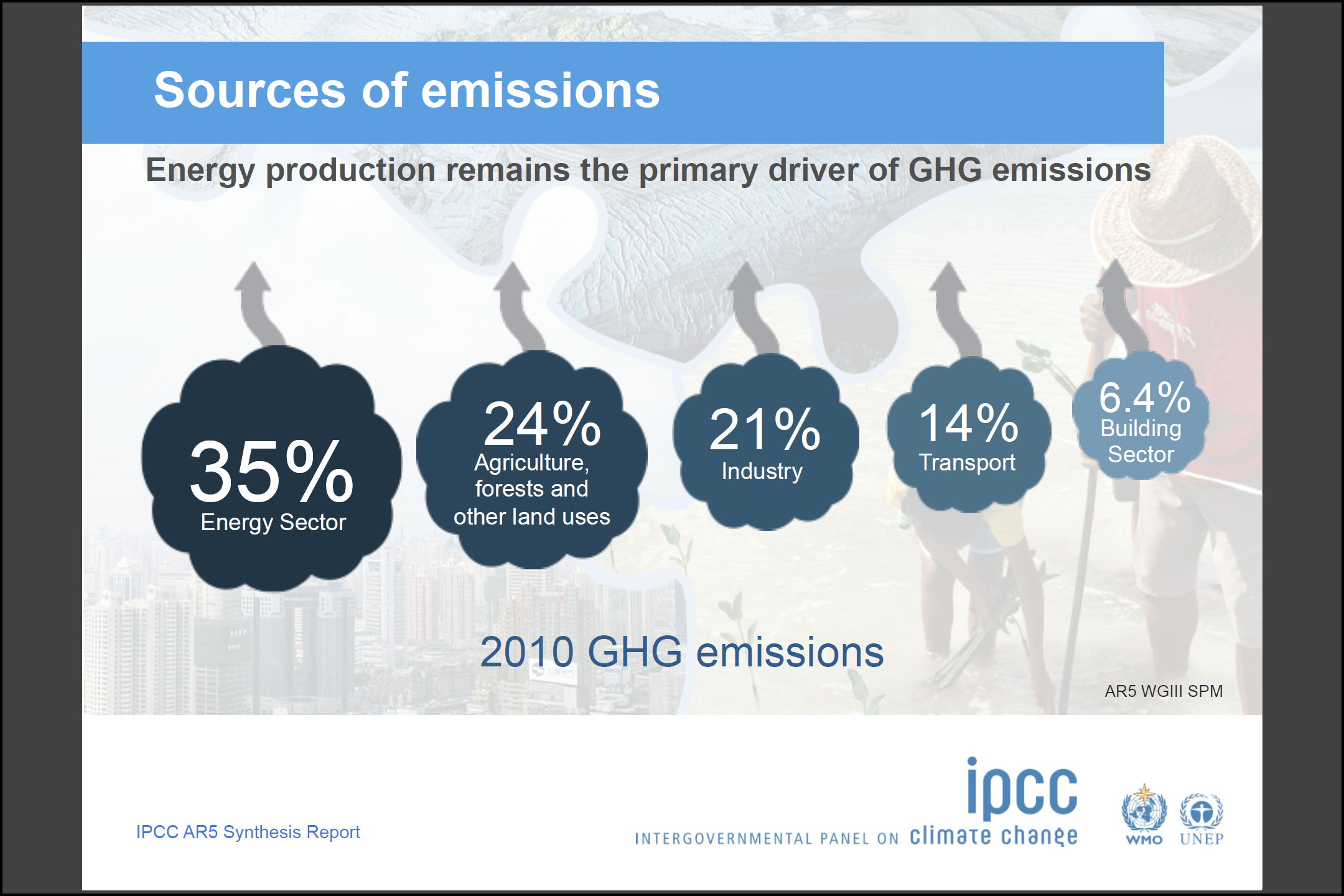
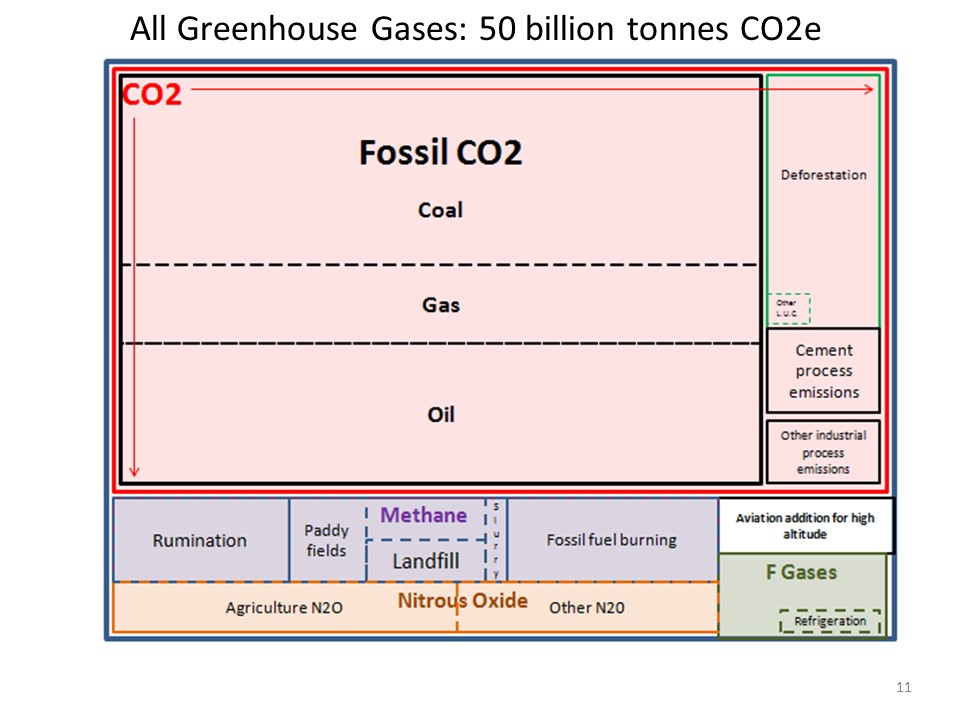 The
The 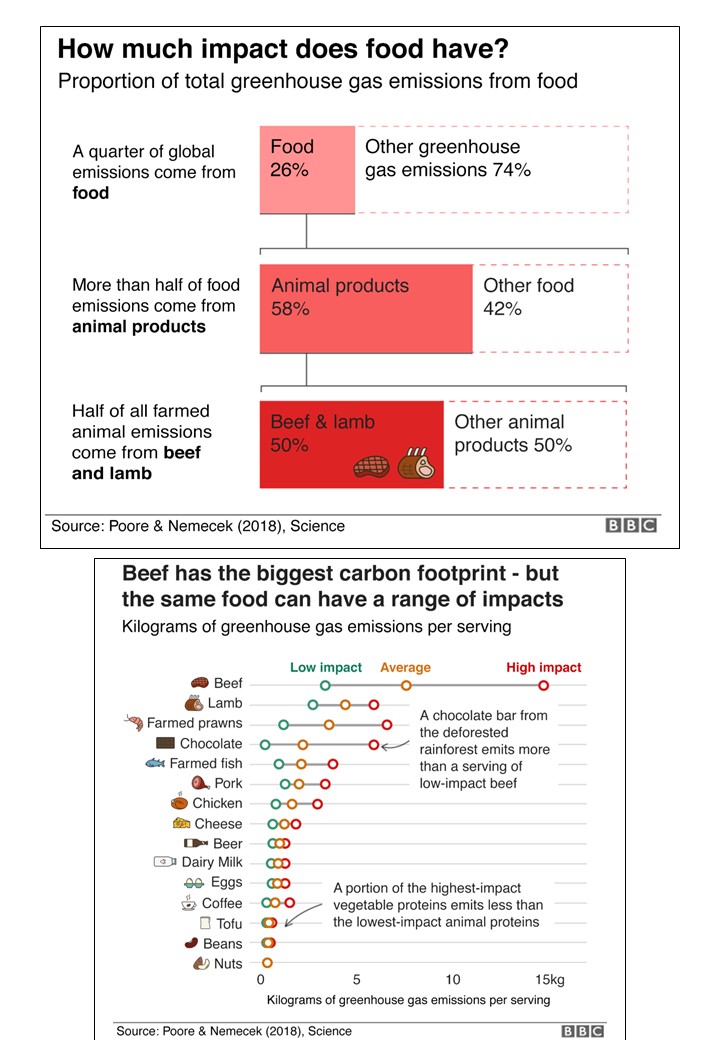
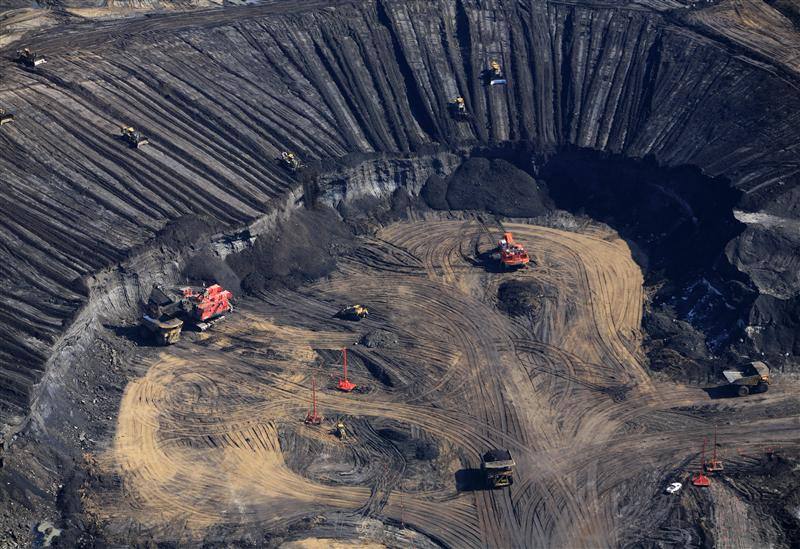

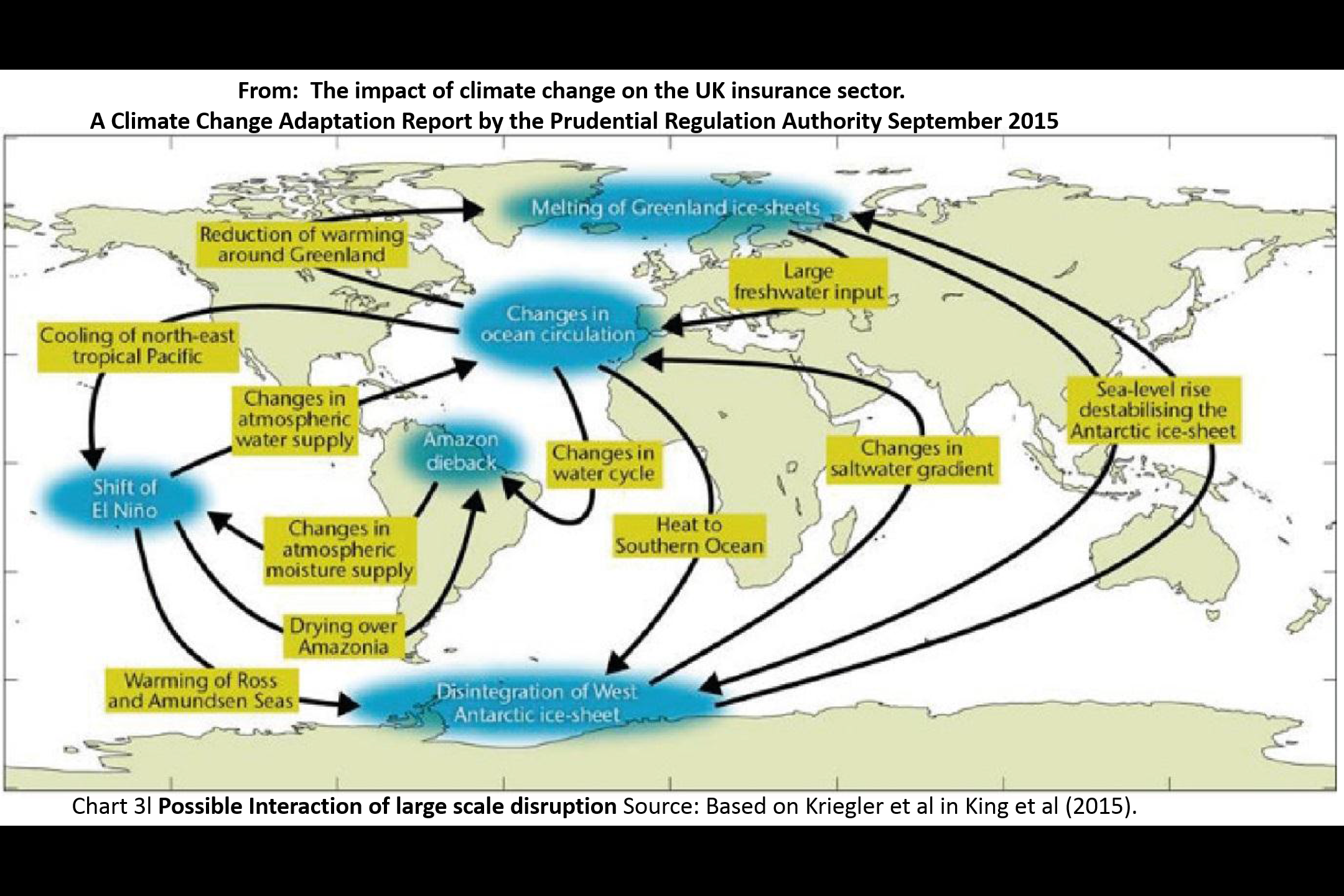 illustrates how the melting of sea ice is likely to affect weather systems (and the effect of resultant disasters on the insurance industry)
illustrates how the melting of sea ice is likely to affect weather systems (and the effect of resultant disasters on the insurance industry)
